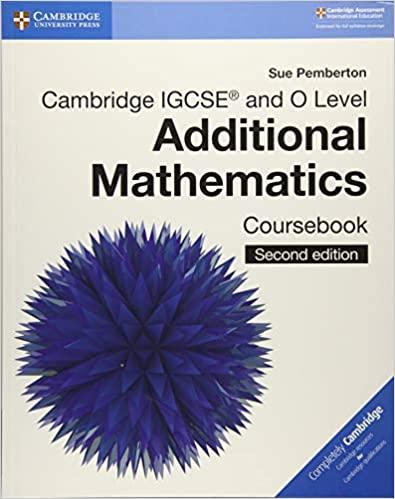Answered step by step
Verified Expert Solution
Question
1 Approved Answer
A psychologist studying the senses of taste and smell has carried out many studies in which students are given each of 20 different foods (apricot,
A psychologist studying the senses of taste and smell has carried out many studies in which students are given each of 20 different foods (apricot, chocolate, cherry, coffee, garlic, and so on). She administers each food by dropping a liquid on the tongue. Based on her past research, she knows that for students overall at the university, the mean number of the 20 foods that students can identify correctly is 14, with a standard deviation of 4, and the distribution of scores follows a normal curve. The psychologist wants to know whether people's accuracy on this task has more to do with smell than with taste. In other words, she wants to test whether people do worse on the task when they are only able to taste the liquid compared to when they can both taste and smell it (note that this is a directional hypothesis). Thus, she sets up special procedures that keep a person from being able to use the sense of smell during the task. The psychologist then tries the procedure on one randomly selected student. This student is able to identify only 5 correctly. (a) Using the .05 significance level, what should the psychologist conclude? Solve this problem explicitly using all six steps of hypothesis testing and illustrate your answer with a sketch showing the comparison distribution, the cutoff (or cutoffs), and the score of the sample on this distribution. State the question as research and null hypotheses. (Define Population 1 and Population 2.) 2. Determine the characteristics of the comparison distribution. 3. Determine the cutoff score on the comparison distribution. 4. Determine the sample's score on the comparison distribution. 5. A. i. Decide whether to reject or retain the null hypothesis. ii. Then decide whether to accept the research hypothesis or state that the study is inconclusive. B. i. If you reject the null hypothesis and accept the research hypothesis, your results are statistically significant. ii. If you retain the null hypothesis and state that the study is inconclusive, your results are not significant. 6. Describe what the outcome means in terms of the variables in the study
Step by Step Solution
There are 3 Steps involved in it
Step: 1

Get Instant Access to Expert-Tailored Solutions
See step-by-step solutions with expert insights and AI powered tools for academic success
Step: 2

Step: 3

Ace Your Homework with AI
Get the answers you need in no time with our AI-driven, step-by-step assistance
Get Started


